Home>Home Appliances>Home Automation Appliances>What Should The Thermostat Be Set At In Spring
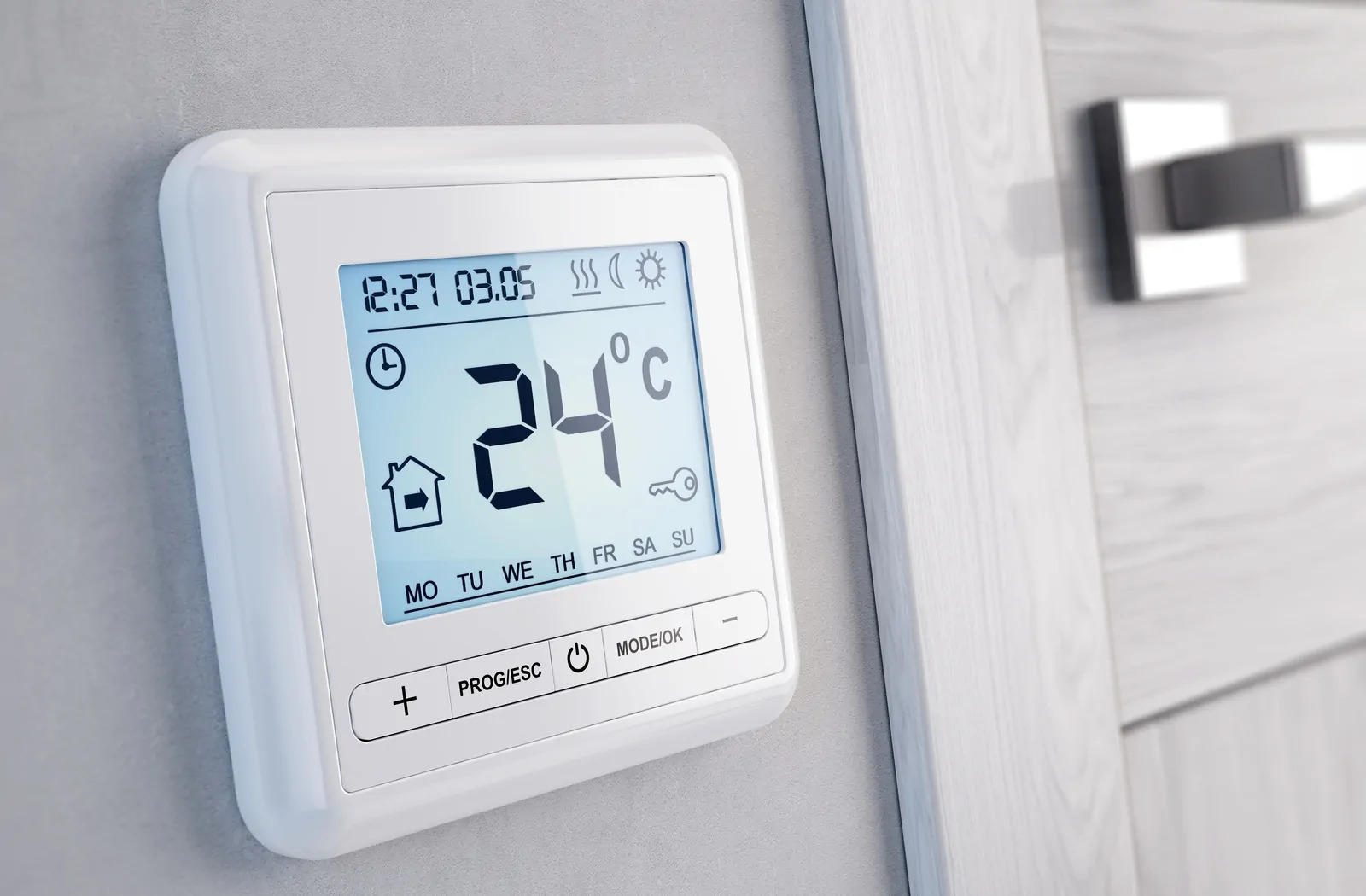

Home Automation Appliances
What Should The Thermostat Be Set At In Spring
Published: January 1, 2024
Find the ideal thermostat setting for spring with our home automation appliances. Keep your home comfortable and energy-efficient all season long.
(Many of the links in this article redirect to a specific reviewed product. Your purchase of these products through affiliate links helps to generate commission for Storables.com, at no extra cost. Learn more)
Introduction
As spring arrives, the weather undergoes a delightful transformation, with the chill of winter gradually giving way to the warmth of the sun. During this transitional period, many homeowners find themselves contemplating the ideal thermostat settings to maintain comfort while maximizing energy efficiency. The fluctuating temperatures characteristic of spring can pose a conundrum, leaving individuals uncertain about the most suitable thermostat settings for this season.
In this article, we will delve into the factors to consider when determining the optimal thermostat settings for spring, offering valuable insights to help you strike the perfect balance between comfort and energy savings. Additionally, we will provide practical tips to enhance the efficiency of your HVAC system, empowering you to make informed decisions that align with your preferences and contribute to a more sustainable home environment.
Join us on this journey as we navigate the nuances of springtime thermostat management, uncovering the best practices to ensure a harmonious coexistence with nature and technology. Let's embark on this exploration of thermostat settings in spring, empowering you to create a comfortable and eco-friendly living space.
Key Takeaways:
- Set your thermostat between 68-72°F in spring for a comfy and energy-saving home. Adjust it based on outdoor temps and your family’s comfort needs.
- Use natural ventilation, upgrade to energy-efficient appliances, and maintain your HVAC system for an eco-friendly and cost-effective home in spring.
Read more: What Temperature To Set Thermostat In Spring
Factors to Consider
When determining the ideal thermostat settings for spring, several key factors come into play, each exerting an influence on the overall comfort and energy efficiency of your home. Understanding these factors is essential for making informed decisions that align with your specific needs and preferences.
- Outdoor Temperature Fluctuations: Spring is characterized by fluctuating outdoor temperatures, ranging from chilly mornings to warm afternoons and cool evenings. Monitoring these fluctuations can help you adjust your thermostat settings accordingly, ensuring that your indoor environment remains comfortable throughout the day.
- Indoor Comfort Preferences: Consider the comfort preferences of your household members. While some individuals may enjoy a slightly cooler indoor environment, others may prefer a warmer setting. Finding a middle ground that accommodates everyone’s comfort needs is crucial for harmonious living.
- Natural Sunlight and Ventilation: Take advantage of natural sunlight and ventilation to regulate indoor temperatures. Opening windows and allowing sunlight to filter into your home can naturally warm the space, reducing the need for excessive heating.
- Humidity Levels: Spring often brings changes in humidity levels, which can impact your perception of comfort. Monitoring indoor humidity and adjusting your thermostat settings to maintain a balanced, comfortable environment is essential.
- Energy Efficiency Goals: Consider your energy efficiency goals when setting your thermostat. Striking a balance between comfort and energy savings is key, and understanding the impact of your settings on energy consumption can help you make sustainable choices.
By taking these factors into account, you can gain a comprehensive understanding of the dynamics at play when determining the most suitable thermostat settings for the spring season. This awareness will empower you to make informed decisions that optimize both comfort and energy efficiency in your home.
Recommended Thermostat Settings
Setting the thermostat at the optimal temperature during spring is essential for maintaining a comfortable indoor environment while promoting energy efficiency. By considering the factors mentioned earlier, you can determine the recommended thermostat settings that align with your specific needs and preferences.
During the spring season, the ideal thermostat setting for most households ranges between 68 to 72 degrees Fahrenheit (20 to 22 degrees Celsius) when occupants are at home and active. This temperature range strikes a balance between comfort and energy savings, catering to varying comfort preferences while minimizing energy consumption.
When adjusting your thermostat settings for different times of the day, consider the following recommendations:
- Morning and Evening: As mornings and evenings in spring tend to be cooler, aim for a setting between 68 to 72 degrees Fahrenheit to ensure a comfortable start and end to your day.
- Afternoon: During warmer afternoons, you may consider setting the thermostat a few degrees higher, around 72 degrees Fahrenheit, to maintain comfort as the outdoor temperatures rise.
- Away from Home: When no one is home or during extended periods of inactivity, such as during work hours, adjusting the thermostat to a slightly higher or lower setting, depending on the season, can help conserve energy without compromising comfort.
It’s important to note that these recommended settings serve as a general guideline, and individual comfort preferences, regional climate variations, and home insulation levels may warrant slight adjustments. By fine-tuning your thermostat settings to suit your specific circumstances, you can create an environment that is both comfortable and energy-efficient.
Additionally, investing in a programmable or smart thermostat can further enhance your ability to optimize energy usage, allowing you to schedule temperature adjustments based on your daily routine and preferences. These advanced thermostats offer convenient features that promote energy savings without sacrificing comfort, making them valuable additions to any home.
By implementing these recommended thermostat settings and leveraging advanced thermostat technology, you can create a comfortable and energy-efficient indoor environment that adapts seamlessly to the nuances of the spring season.
Set your thermostat to around 68-72°F in the spring to maintain a comfortable temperature while also saving energy. Opening windows for fresh air can also help regulate the indoor temperature.
Tips for Energy Efficiency
Enhancing the energy efficiency of your HVAC system during the spring season not only reduces your environmental impact but also contributes to cost savings. By implementing the following tips, you can optimize your home’s energy usage while maintaining a comfortable living environment.
- Regular Maintenance: Schedule routine maintenance for your HVAC system to ensure optimal performance. Clean or replace air filters, check ductwork for leaks, and have a professional inspect and tune up your system to improve efficiency.
- Utilize Programmable Thermostats: Invest in a programmable or smart thermostat to automate temperature adjustments based on your daily schedule. Program the thermostat to reduce energy consumption when you’re away from home or asleep, and to maintain comfort when you’re present.
- Natural Ventilation: Take advantage of natural ventilation by opening windows and allowing fresh air to circulate through your home. This can reduce the need for mechanical cooling and improve indoor air quality.
- Seal Air Leaks: Inspect doors, windows, and other potential air leak sources in your home. Seal any gaps or cracks to prevent conditioned air from escaping, reducing the workload on your HVAC system.
- Optimize Sunlight: Utilize natural sunlight to passively warm your home during the day. Keep blinds or curtains open on sunny days to harness solar heat, reducing the need for artificial heating.
- Upgrade to Energy-Efficient Appliances: Consider upgrading to energy-efficient HVAC equipment and appliances. Look for ENERGY STAR certified products that meet stringent energy efficiency standards, reducing your overall energy consumption.
- Utilize Ceiling Fans: Use ceiling fans to enhance air circulation and distribute conditioned air more effectively. This can help maintain a comfortable environment while allowing you to set your thermostat at slightly higher temperatures.
- Adjust Thermostat Settings Gradually: When transitioning from heating to cooling, or vice versa, adjust your thermostat settings gradually to avoid sudden spikes in energy consumption. This gradual approach allows your HVAC system to adapt more efficiently.
By incorporating these energy-efficient practices into your daily routine and home maintenance efforts, you can reduce your environmental footprint and lower your utility expenses. Embracing a sustainable approach to managing your home’s energy usage not only benefits the planet but also enhances your overall quality of life.
Conclusion
As we navigate the nuances of thermostat settings in the spring season, it becomes evident that achieving the perfect balance between comfort and energy efficiency is a multifaceted endeavor. By considering factors such as outdoor temperature fluctuations, indoor comfort preferences, natural sunlight, and energy efficiency goals, homeowners can make informed decisions when setting their thermostats.
The recommended thermostat settings for spring, typically ranging between 68 to 72 degrees Fahrenheit, cater to varying comfort needs while promoting energy savings. These settings can be adjusted throughout the day to align with the temperature fluctuations characteristic of the season, ensuring a consistently comfortable indoor environment.
Moreover, implementing energy-efficient practices, such as utilizing programmable thermostats, embracing natural ventilation, and upgrading to energy-efficient appliances, empowers homeowners to optimize their energy usage and reduce their environmental impact. These efforts not only contribute to a more sustainable lifestyle but also result in tangible cost savings over time.
By embracing a holistic approach to thermostat management and energy efficiency, individuals can create homes that are not only comfortable and inviting but also aligned with environmentally conscious principles. The synergy between technology, nature, and mindful decision-making culminates in a harmonious living environment that enriches the lives of occupants while preserving our planet’s resources.
As we bid farewell to the brisk embrace of winter and embrace the gentle warmth of spring, let us embark on this journey with a renewed commitment to balance, sustainability, and well-being. Together, we can create homes that are not only havens of comfort but also beacons of responsible energy management, nurturing both our families and the world we inhabit.
Frequently Asked Questions about What Should The Thermostat Be Set At In Spring
Was this page helpful?
At Storables.com, we guarantee accurate and reliable information. Our content, validated by Expert Board Contributors, is crafted following stringent Editorial Policies. We're committed to providing you with well-researched, expert-backed insights for all your informational needs.



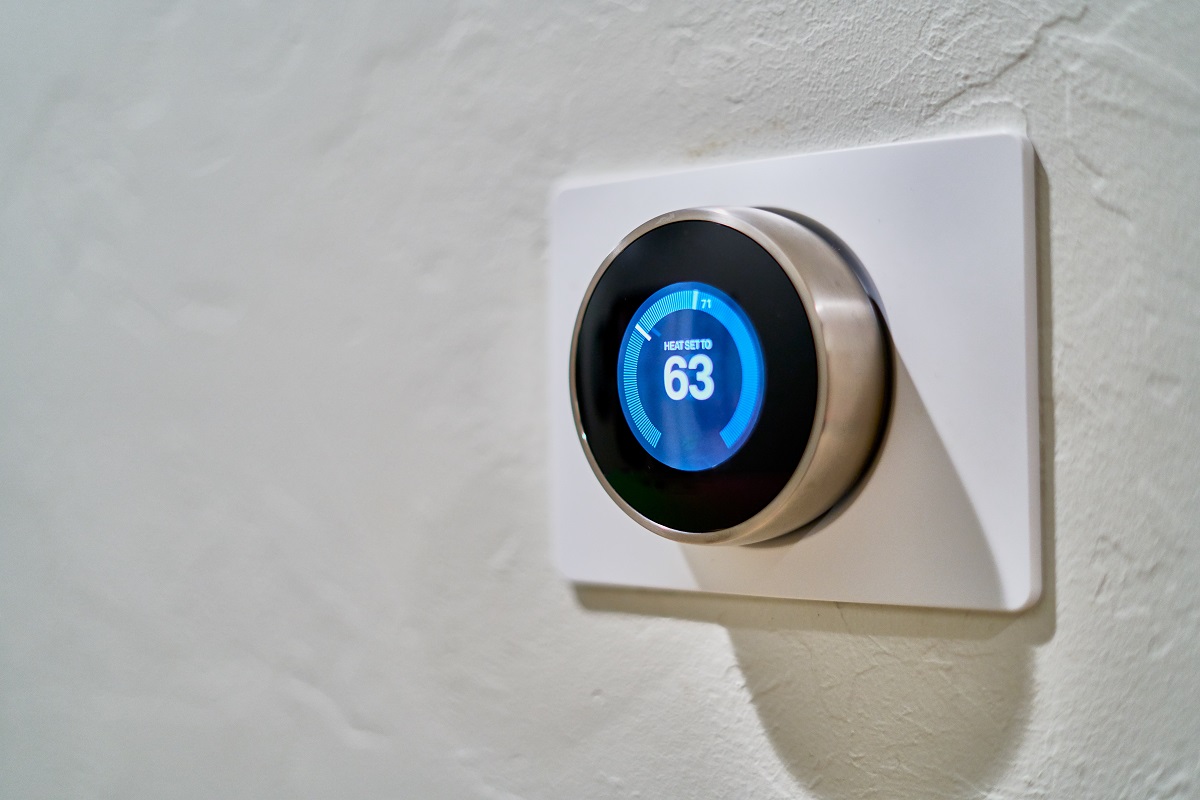



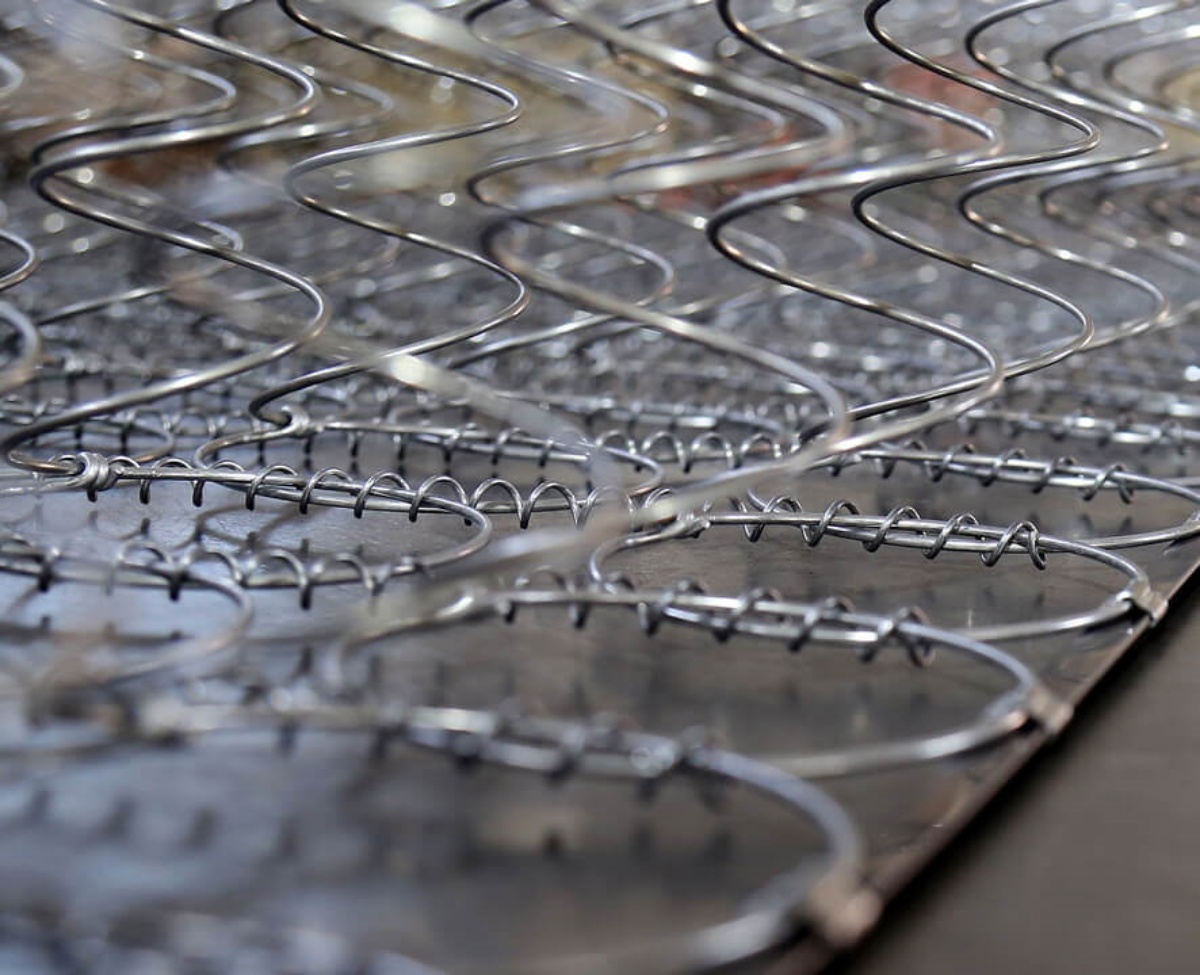
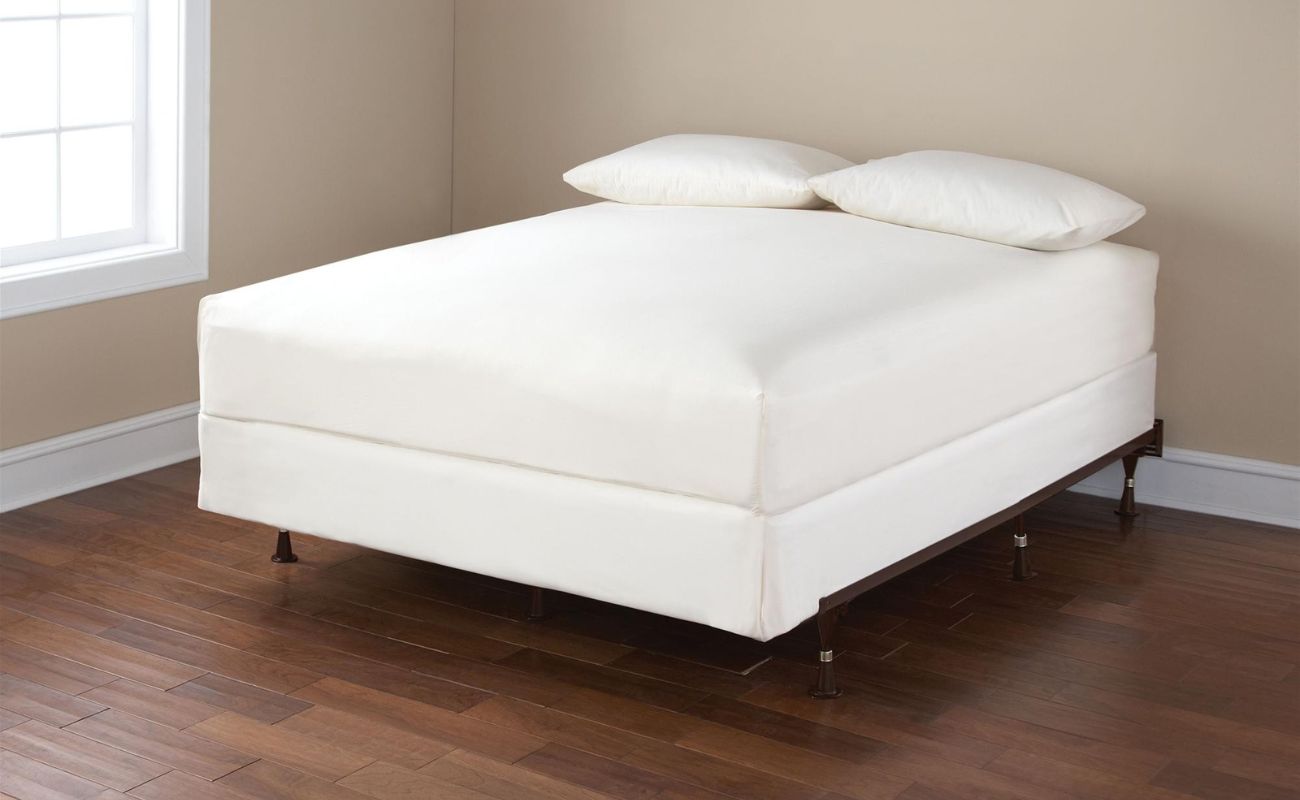

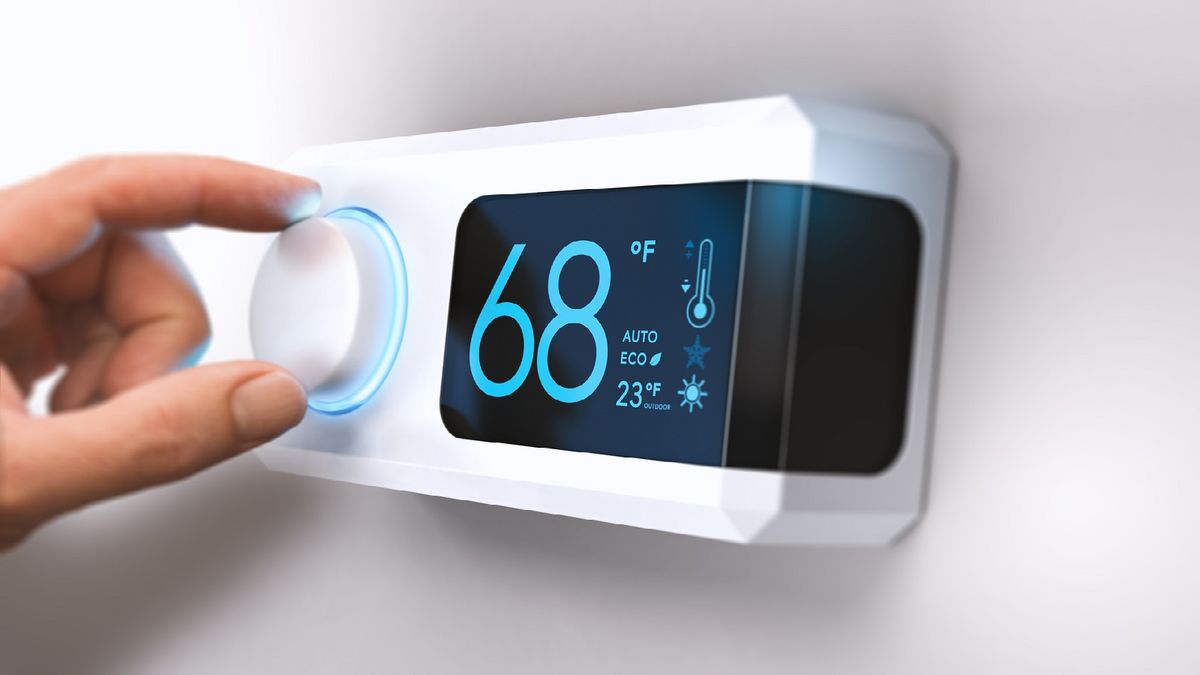
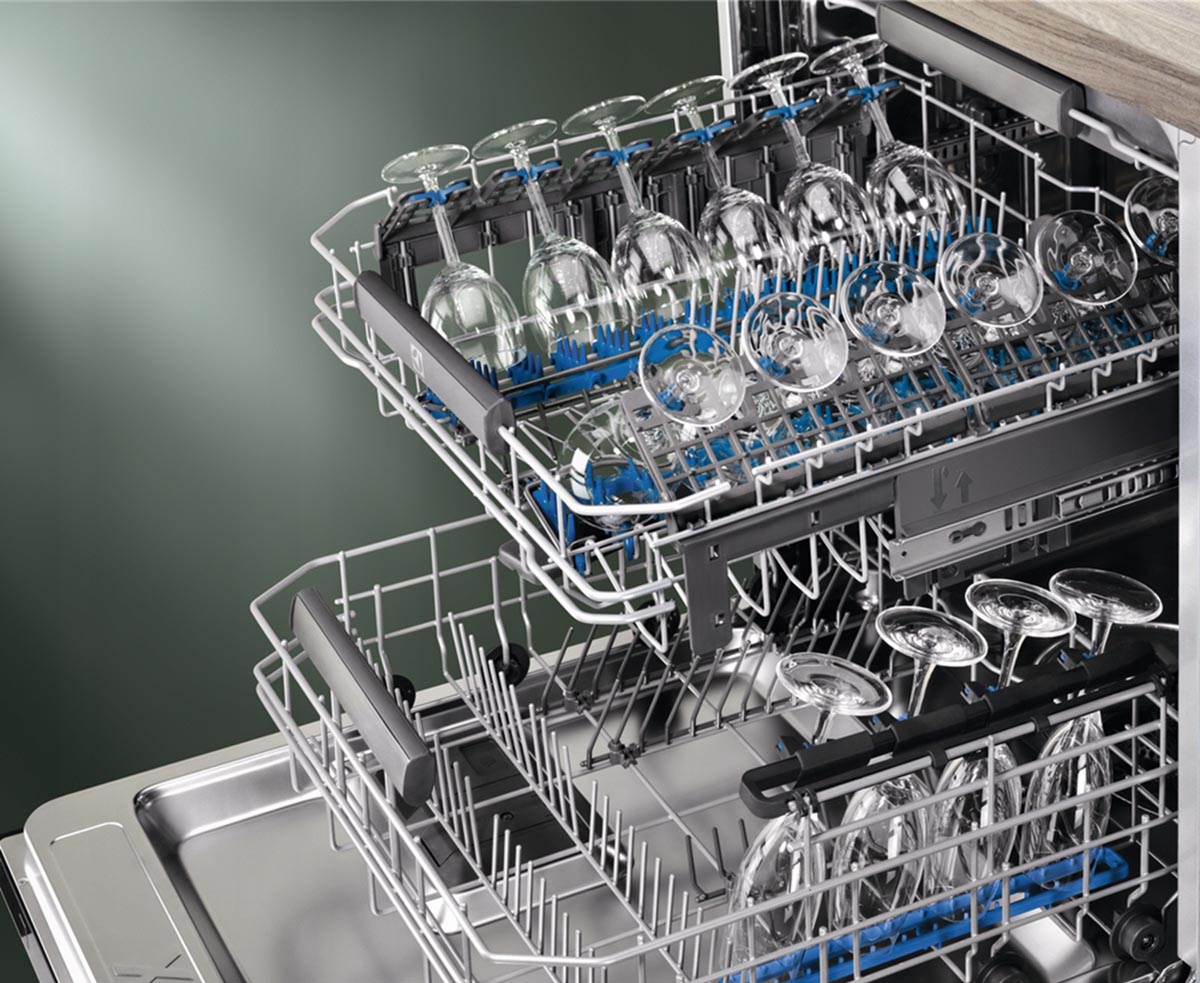
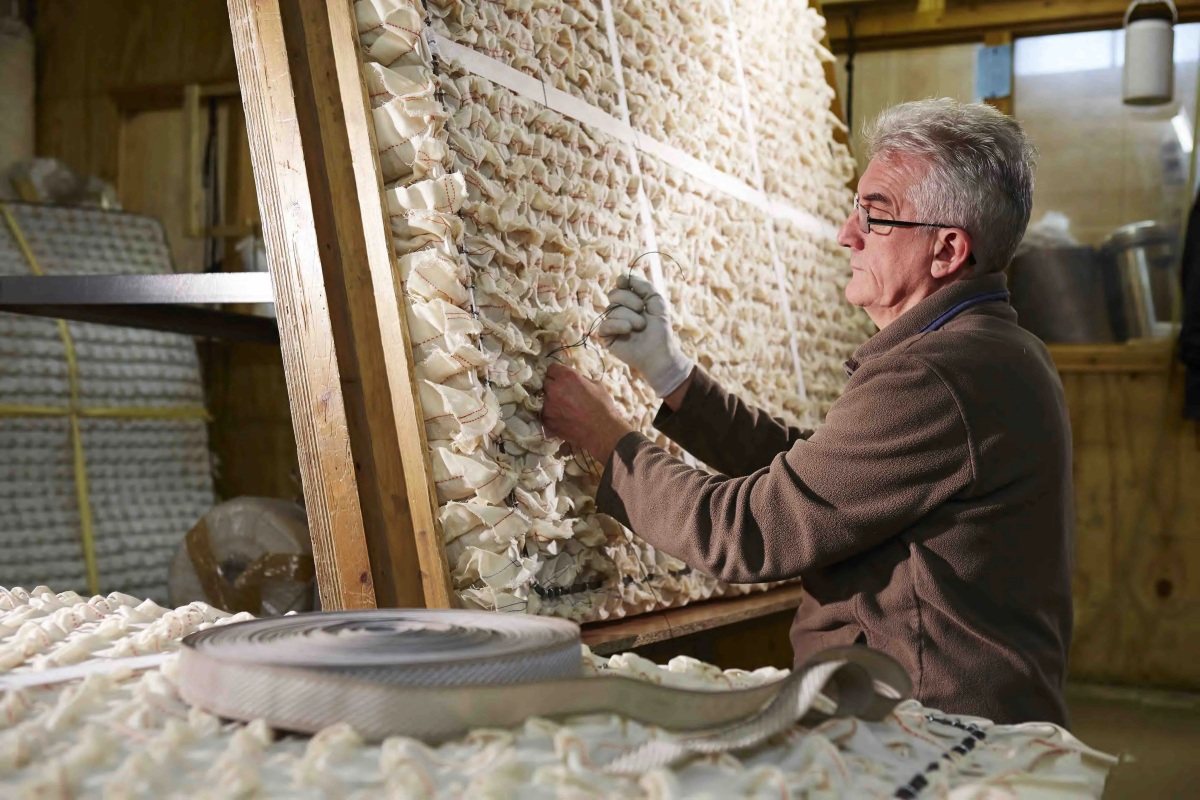
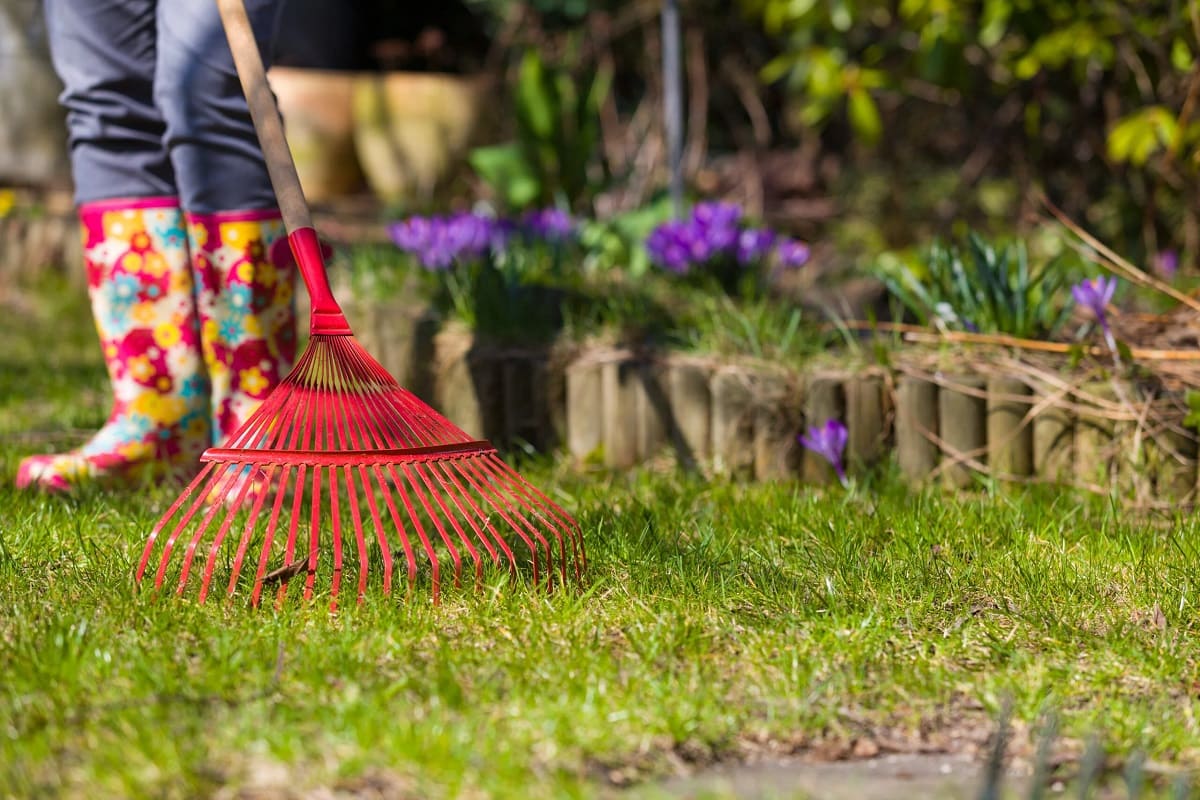


0 thoughts on “What Should The Thermostat Be Set At In Spring”